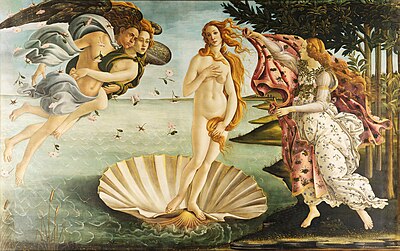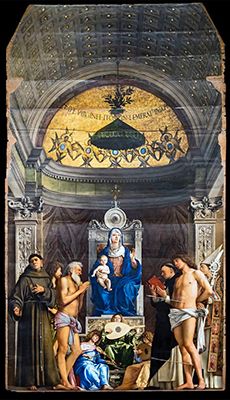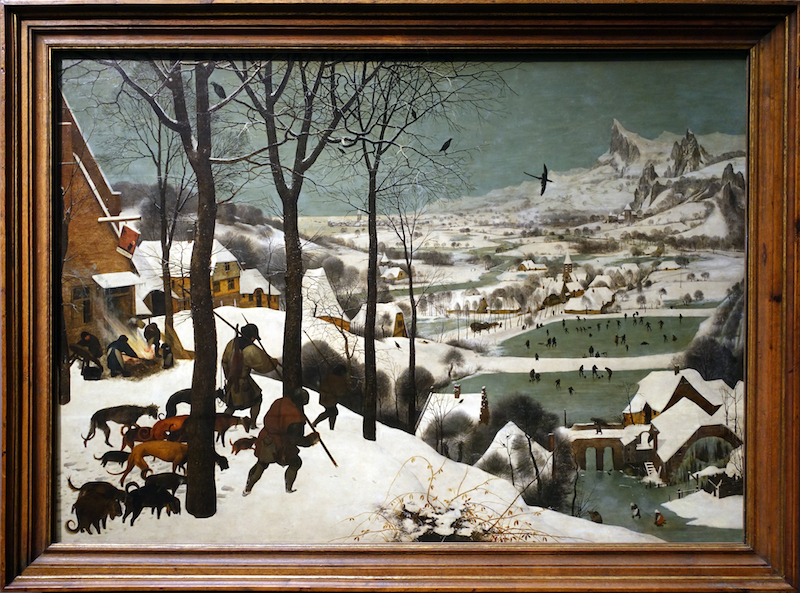Moretto da Brescia, Christ in the Wilderness, 1515-1520
After the Dark Ages in Europe the Renaissance, being french for "rebuilT" was a time in which people rediscovered Greek and Roman arts. This painting is the work of Moretto da Brescia also known as Alessandro Bonvinico. His painting portrays Jesus in the wilderness. This painting is estimated to be from 1515 to 1520, which is classified as an early Renaissance piece of art. The artist originates from Brescia, where he has done most of his work. His paintings mostly consisted of portraits but the rest were religious paintings done for churches in or around Brescia, such as the Entombment.This painting is part of a bigger canvas displaying the life of Jesus Christ.
The meaning of this painting was to show Jesus being tempted by the devil in the wilderness where he fasted for 40 days with no food or water. The Renaissance and this painting have a sort of similarity. In religious purposes fasting is done to cleanse the body and to be reborn into a better version of yourself, which was also the motive of the Renaissance. In this painting you can see all of the animals with their heads down around Jesus, this shows their respect for him. This symbolized the spiritual awakening and the search for salvation during this time period. The birds in the sky even came down to simply sit and tilt their heads to face the floor. Every animal but the snake under Jesus's right foot did so. The snake in the bible is represented as the devil, he tempted Eve to eat the fruit, just like he is trying to tempt Jesus. Everything from the earth to the animals are painted in dark colors but Jesus is in earth tones. Jesus is dressed in colorful and Renaissance like clothing which was not what Jesus originally wore at his time, but the painter illustrated him in his own time period. Many other paintings by Moretto also show Jesus, the Virgin Mary, the apostles and other religious figures dressed in his time period. This spoke to the resurgence of spirituality and the importance of God during the Renaissance.





















